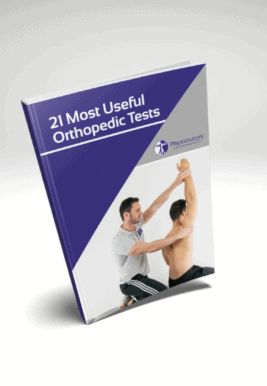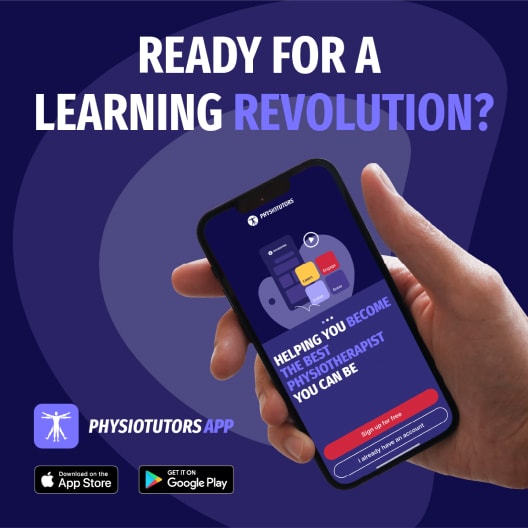Learn
Joint Line Tenderness | Meniscus Tear Assessment | Knee Examination
Meniscal tears have a very high prevalence with a point prevalence of 57% in the symptomatic and 36% in the asymptomatic population in a study done in Switzerland. Another study done in the U.S. found a point prevalence of 32% in the symptomatic and 23% in the asymptomatic population. Every year two out of a thousand people are diagnosed with new meniscal tears in the Netherlands. Although meniscal tears are very common our ability to diagnose them is limited. According to a review done by Smith et al. (2015) the best tool that we have is palpation with a sensitivity of 83% and a specificity of 83% as well. In our opinion, the joint line tenderness palpation has a moderate clinical value to detect meniscal tears.
To perform the joint line tenderness palpation have your patient in supine-lying position with his knee flexed to 90°. Flexion of the knee makes it possible to better palpate the anterior part of each meniscus. By immediately rotating the tibia the medial meniscus will become more accessible anteriorly as the femoral condyles pushed the medial meniscus forward. Then palpate along the joint line and observe your patient’s reaction. For the lateral meniscus, you should rotate the tibia externally and palpate for tenderness again, this time on the lateral meniscus.
This test is positive for a symptomatic meniscus injury if your patient’s familiar pain is reproduced.
21 OF THE MOST USEFUL ORTHOPAEDIC TESTS IN CLINICAL PRACTICE

Other common tests to assess for meniscus injuries are:
Like what you’re learning?
BUY THE FULL PHYSIOTUTORS ASSESSMENT BOOK
- 600+ Pages e-Book
- Interactive Content (Direct Video Demonstration, PubMed articles)
- Statistical Values for all Special Tests from the latest research
- Available in 🇬🇧 🇩🇪 🇫🇷 🇪🇸 🇮🇹 🇵🇹 🇹🇷
- And much more!








